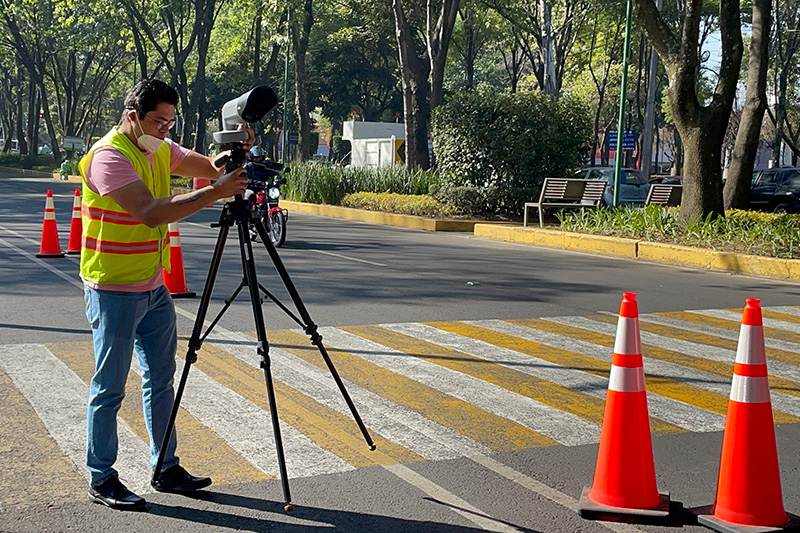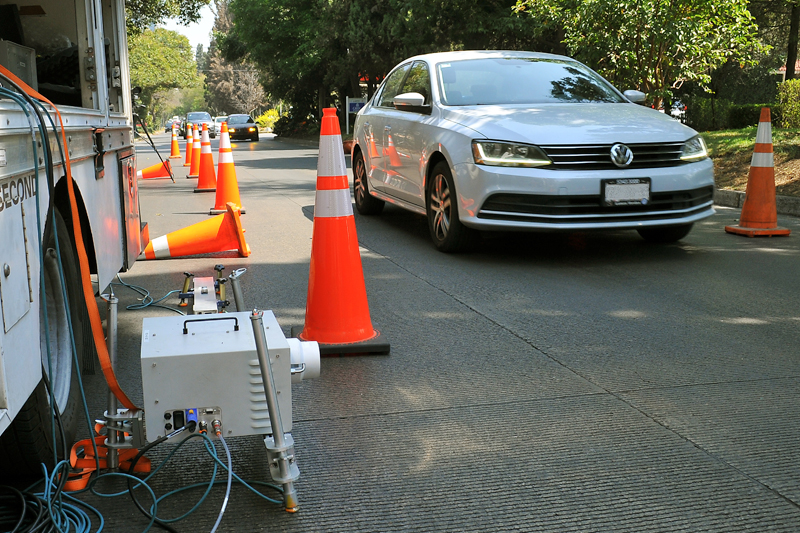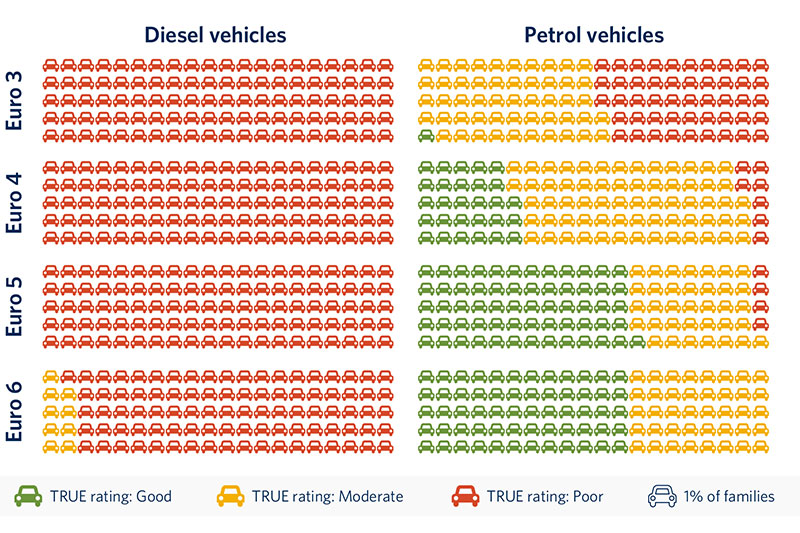First-ever real-world emissions study in Kampala reveals alarming vehicle pollution levels
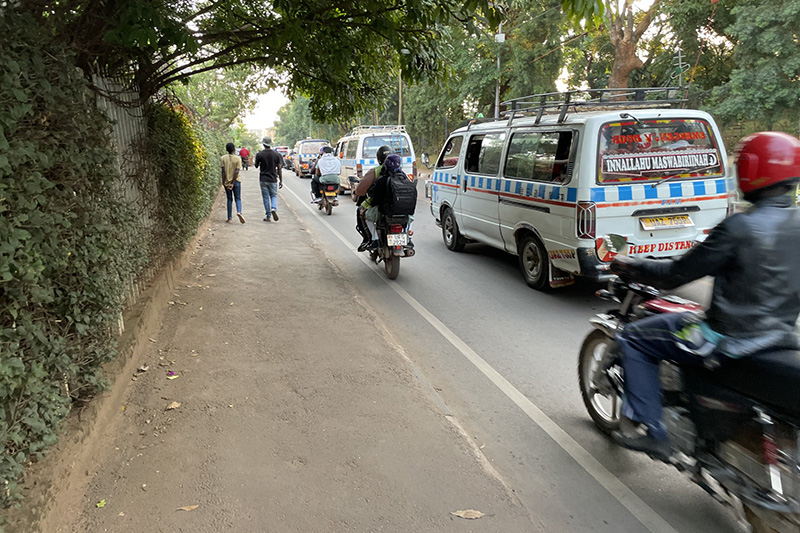
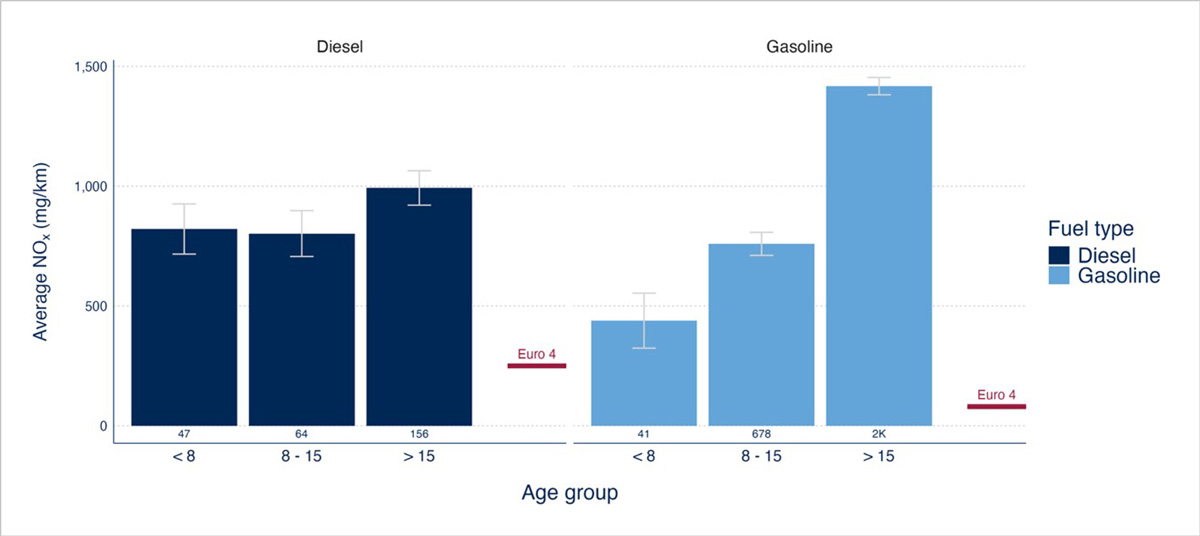
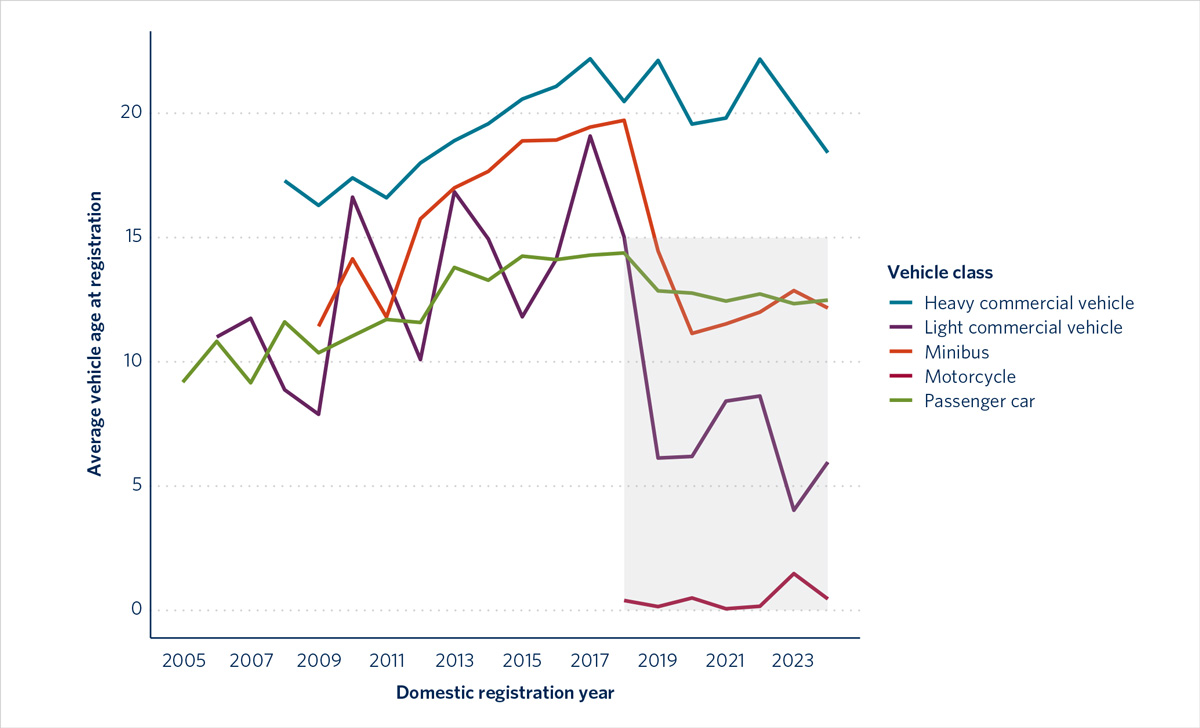
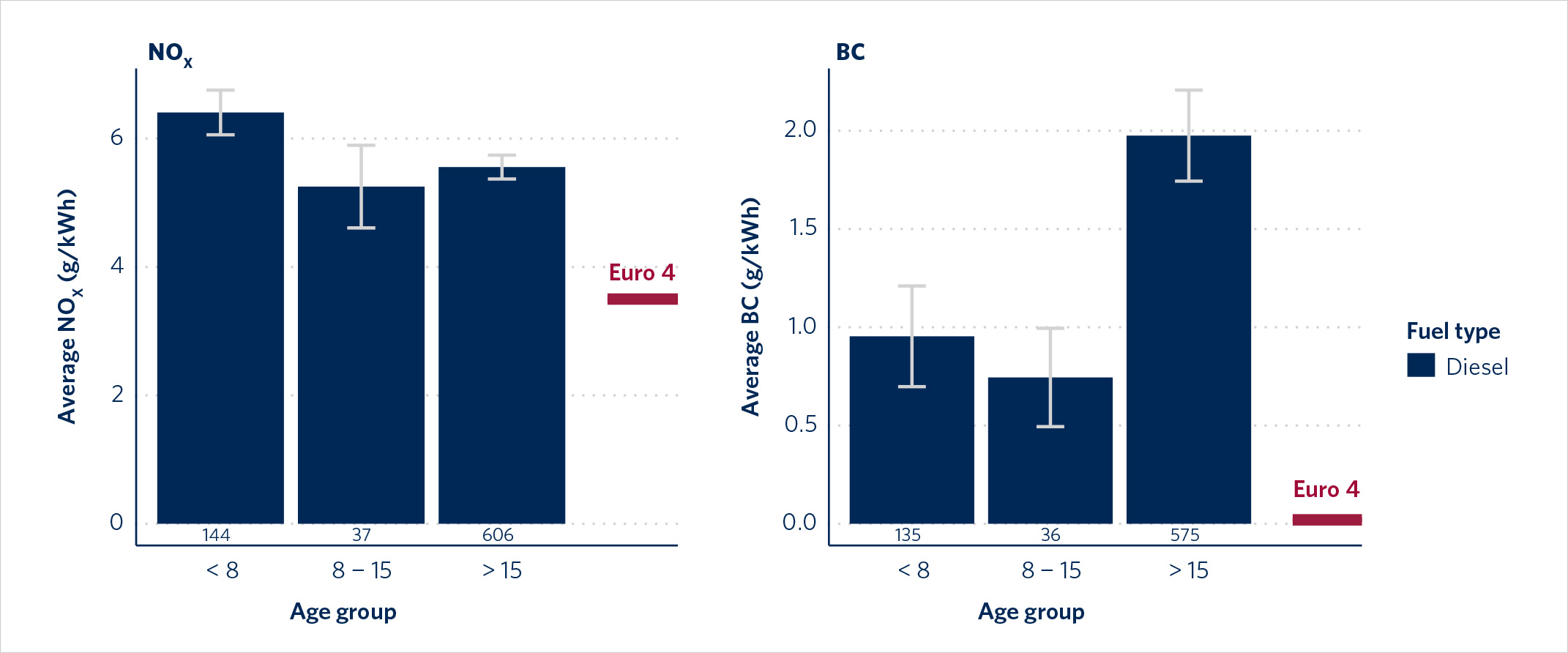
The first-ever remote sensing campaign on the African continent offered insight into the real-world emissions of vehicles on the roads in Kampala, Uganda.
In Uganda’s capital city, where the population nearly doubles during the day as commuters travel in for business and trade, air pollution levels far exceed healthy limits by at least eight times and is attributable to 19% of the city’s deaths in recent years.
Despite enforcing a 15-year age limit for imported light-duty vehicles, Uganda currently lacks a robust vehicle inspection program, leaving authorities with little insight into what these vehicles are actually emitting as they navigate Kampala’s congested streets.
The TRUE Initiative, in partnership with the United Nations Environment Programme, conducted a groundbreaking remote sensing campaign, the first of its kind on the African continent, to offer unprecedented insight into the actual levels of vehicle pollution in the capital. The results paint a concerning picture of an aging fleet in need of maintenance and modernization.
Uganda is already working on solutions, outlining new programs under its National Environment (Air Quality Standards) Regulations and e-mobility strategy to improve air quality. Operationalizing these policies would offer immediate emissions reductions, vast health improvements for Kampala residents, and serve as a model for other African nations.
An aging fleet emitting well beyond expectations
As a largely importing nation, Uganda purchases most of its vehicles from Japan, the United Kingdom, and Germany. While these origin countries maintain advanced emissions standards, the reality on Kampala's roads tells a different story.
In East Africa, eight countries including Uganda have adopted regionally harmonized Euro 4-equivalent vehicle exhaust emissions standards, however it is unclear if imported vehicles in Uganda are required to meet these standards due to operational challenges.
“It was important to collect real-world data from a remote sensing study to fill the knowledge gap surrounding what these vehicles are actually emitting across Kampala,” says Mallery Crowe, researcher at the International Council on Clean Transportation, TRUE’s technical partner. “This new insight would be invaluable to policymakers as they work to operationalize policies and programs aimed at reducing emissions.”
Sheila Watson, FIA Foundation Deputy Director, said: “Testing real vehicles on real roads shows us all just how damaging emissions are on people and planet. Accurate, independent data arms policymakers, not just in Uganda but across the region, with knowledge and tools to address the toxic legacy of these vehicles.”
Using plume chase technology, where a vehicle equipped with emission analyzers follows a target vehicle while sampling its exhaust plume, real-world snapshots from Kampala’s fleet were analyzed for the first time. Researchers observed that:
- Over 50% of gasoline passenger cars exhibited average nitrogen dioxide (NOx) emissions consistent with pre-Euro certifications, suggesting potential malfunctions or removal of catalytic converters. Although newer gasoline passenger cars under 8 years old showed lower NOx emissions than older cars, their levels were still 5.5 times higher on average than Euro 4 limits.
Unlike other global TRUE studies, gasoline passenger cars showed higher average NOₓ emissions than their diesel counterparts—a pattern not commonly observed. This finding suggests unique challenges in Kampala's vehicle fleet, possibly due to poor maintenance practices, widespread use of low-quality spare parts, and limited mechanic training.
- Diesel heavy commercial vehicles under 8 years of age showed 14% higher average NOx emissions than older counterparts. Similarly little differences in average real-world NOX emissions were observed among older and newer diesel vehicles across other groups— passenger cars, minibuses, and light commercial vehicles.
In addition, minibus taxis, which serve as the backbone of Kampala's informal public transportation system exhibited some of the most staggering findings.
- With an average vehicle age of 25 years, diesel minibuses showed NOₓ emissions more than 9 times higher than Euro 4 limits, as well as elevated black carbon (BC) emissions. At least 16% of diesel minibuses over 15 years old exhibited visible black smoke from their exhaust during measurement and exhibited 6 times higher average BC emissions than vehicles aged between 8-15 years. Old age and high mileage likely contribute to fleet deterioration.
Given that minibus taxis are extensively used for passenger transport in Kampala, their emissions impact is particularly concerning and likely represents an even larger problem than current estimates suggest.
Policy responses and the path forward
Uganda has begun implementing policy measures to address air quality challenges, but their effectiveness has varied. The National Environment (Air Quality Standards) Regulations, established in 2024, adopted Euro 4 emission limits on all vehicle imports, both new and used, but the extent to which these standards are currently enforced is uncertain.
To offer swift improvement in vehicle emissions and air quality, we recommend the following solutions:
- Strengthen vehicle import requirements to require all vehicles, new or used, to meet Euro 6 standards by 2030.
In addition to the full implementation of the Euro 4 emission standards in Uganda, developing a roadmap to Euro 6 standards would complement existing import-age requirements and ensure continued emissions reduction. - Implement routine vehicle inspection programs and improve vehicle maintenance requirements.
Uganda is scheduled to begin mandatory annual vehicle inspections in July 2025, yet follow-up mandatory maintenance requirements is unclear. Prioritizing quick repair of vehicles that exhibit visible black smoke or are visibly missing emission control systems during inspection, without any leniency period, would quickly reduce emissions from the highest emitters on the road. - Prioritize public transportation and implement annual inspections and required maintenance.
Establishing an age limit for newly registered minibuses and supporting minibus taxi owners to transition to lower-emitting models would significantly reduce vehicle related pollution.
Engineer Irene P. Bateebe, Permanent Secretary to the Uganda Ministry of Energy and Mineral Development, said: “Improving the quality of air and generally sustainable energy use in the country has been a key priority for the Ugandan Government in recent years. This is why action is being undertaken through several ministries, departments and agencies, from the promotion of clean energy supply, electric mobility, energy security to improved vehicle technology and vehicle inspection. All these measures will ensure that we have sustainable energy use, clean movement and sustainable development.”
Rob de Jong, UNEP Mobility Unit Head, said: "Data from the real-world vehicle emissions measurement highlights the critical need for effective regulation of both vehicle and fuel standards. The findings provide evidence to policymakers on the urgency for countries in the East African Community and Africa to act and fully implement regionally harmonised EURO IV vehicle standards. This will not only improve the quality of imported fleets but also help reduce air pollution in the city of Kampala and across the region.”
Overall, this remote-sensing study in Kampala provides the first concrete data on real-world vehicle emissions in East Africa, offering a crucial baseline for policy development across the continent. Findings underscore the urgent need for comprehensive vehicle emission policies that go beyond age restrictions to address the complex realities of vehicle importation, maintenance, fuel quality, and enforcement in rapidly expanding urban environments.
Read the 'Evaluation of real-world vehicle emissions in Kampala, Uganda' report
